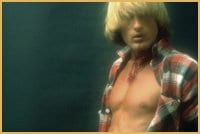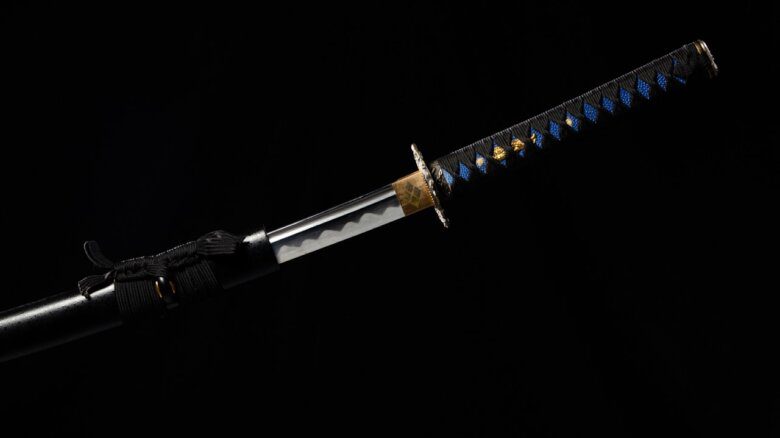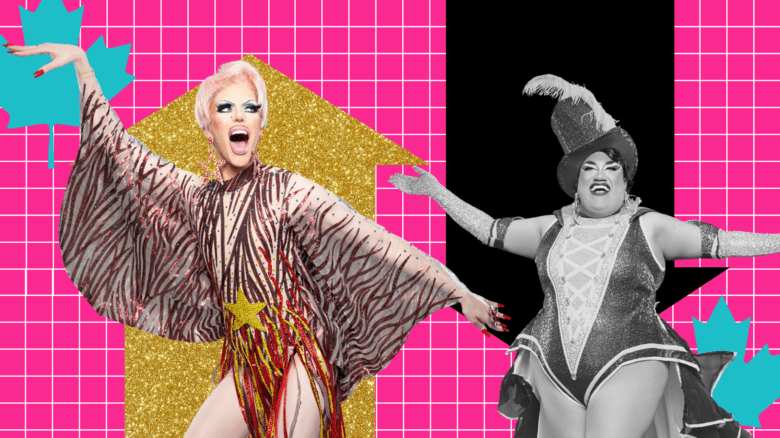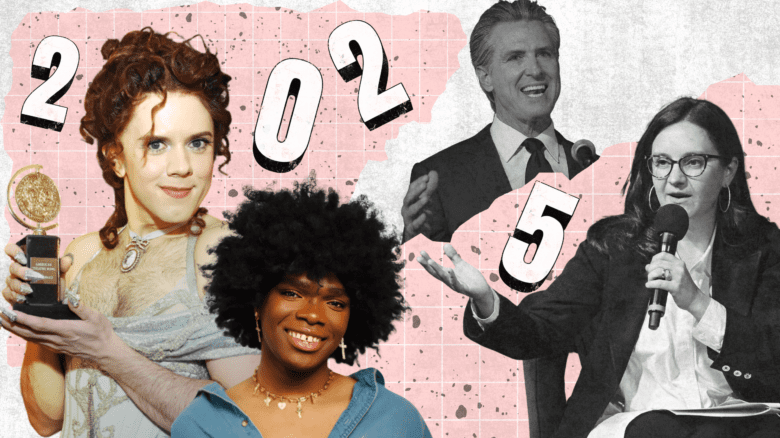That Man: Peter Berlin will attract two distinct audience responses. For anyone born after 1955, Peter Berlin is likely to be unfamiliar, a queer artifact from the decade that produced Ziggy Stardust, The Bay City Rollers, skintight outfits to wear inside discos and that really bad heavy- metal hair.
Looking now and then like a refugee from Spinal Tap-and described by an irreverent John Waters as “Dinah Shore with a hard-on”-the former sex icon may inspire from younger generations not a few expressions of puzzlement. He offers, though, an intriguing history lesson about the early days of gay liberation.
For men born before the Eisenhower/Diefenbaker years, That Man might be a welcome surprise, like unearthing a memento from the glory days of youth.
While Berlin’s reign as porn’s it-celebrity was localized to San Francisco, New York and select Euro-capitals, in those low-tech days before the video cassette, the Internet and digitized images, his shiny bare chest and bulging pants were readily available to horny Canadians in pictorial magazines or through discreet mail order services.
For viewers of all ages, though, That Man will prove an absorbing documentary about the life and times of a delectable blonde, expat German once called Armin von Hoyningen-Huene.
A snapshot of booming early gay male culture, an expanded footnote within the history of pornography and a dramatic story that begins in Hitler’s Germany in 1942, That Man has enough material for any story junkie.
What’s more, despite Berlin’s admitted fondness for underground places like toilets and alleyways, his tales are unexpectedly wholesome because he was virtually celibate, preferring elaborate scenes of exhibitionism and voyeurism to skin-to-skin contact.
While director Jim Tushinski might have edited down some of Berlin’s recollections-picture a long-winded storytelling grandfather; now picture him as a porn star-and replaced them with more information about gay culture circa 1974, Berlin’s charisma rarely fails to charm.
His upbeat account of heroin use, for instance, and his assistant role in the suicide of his long-term partner are both eloquent and provocative.
Berlin himself, soon eligible for social security, speaks brightly of “what a blast I had.”
But in his San Francisco apartment, while pondering plastic surgery in front of a mirror, he offers viewers a resigned bit of Garbo-like wisdom: “There is nothing good about old. Old is old.”

 Why you can trust Xtra
Why you can trust Xtra


